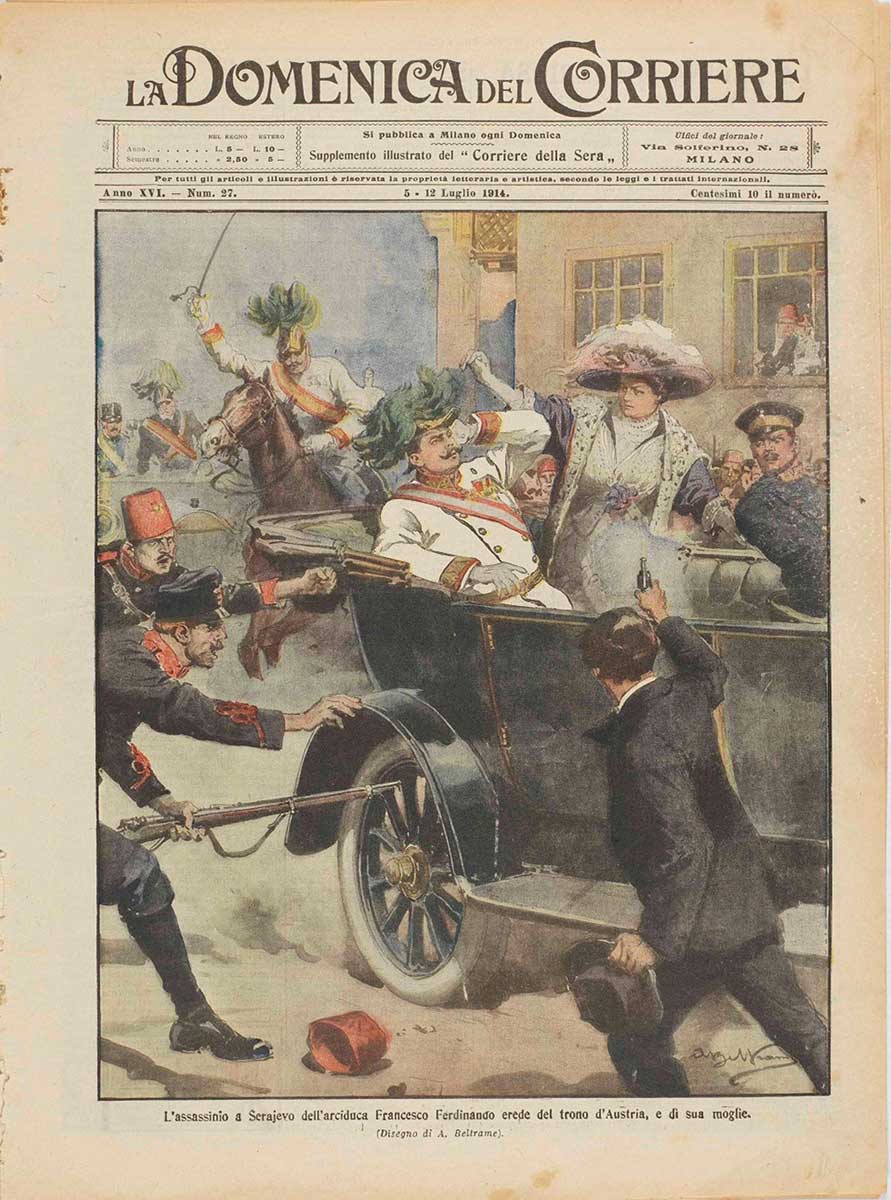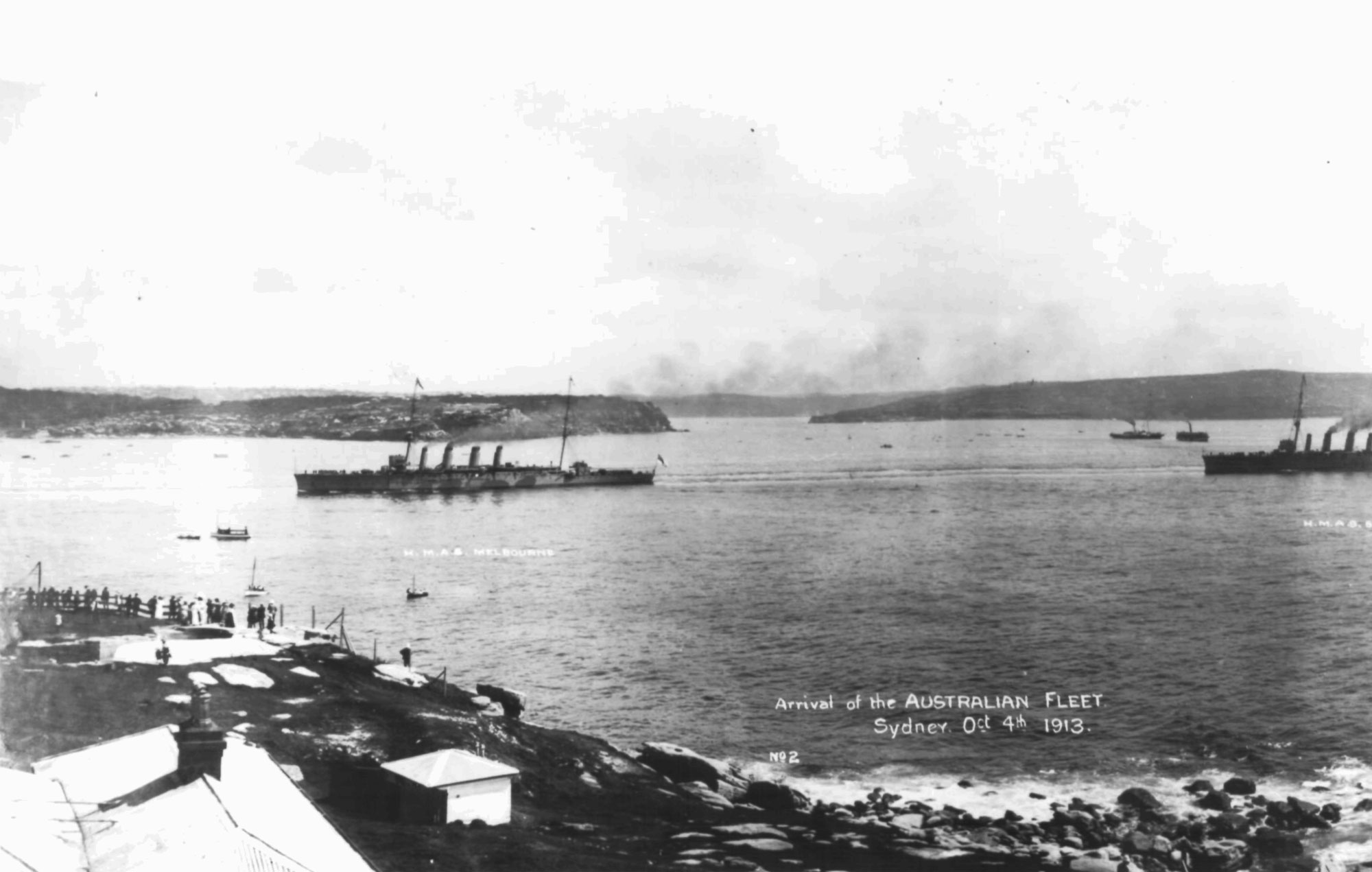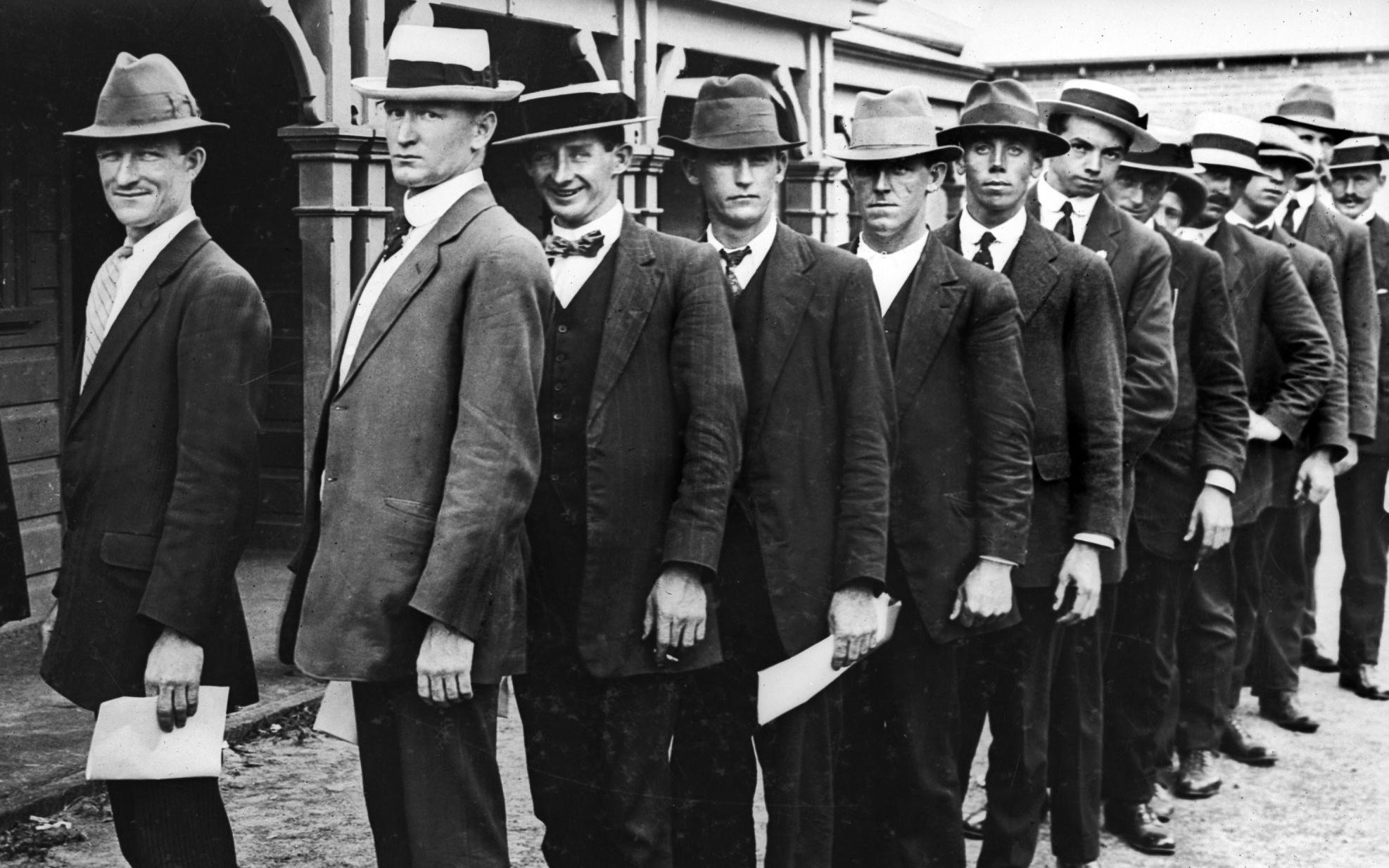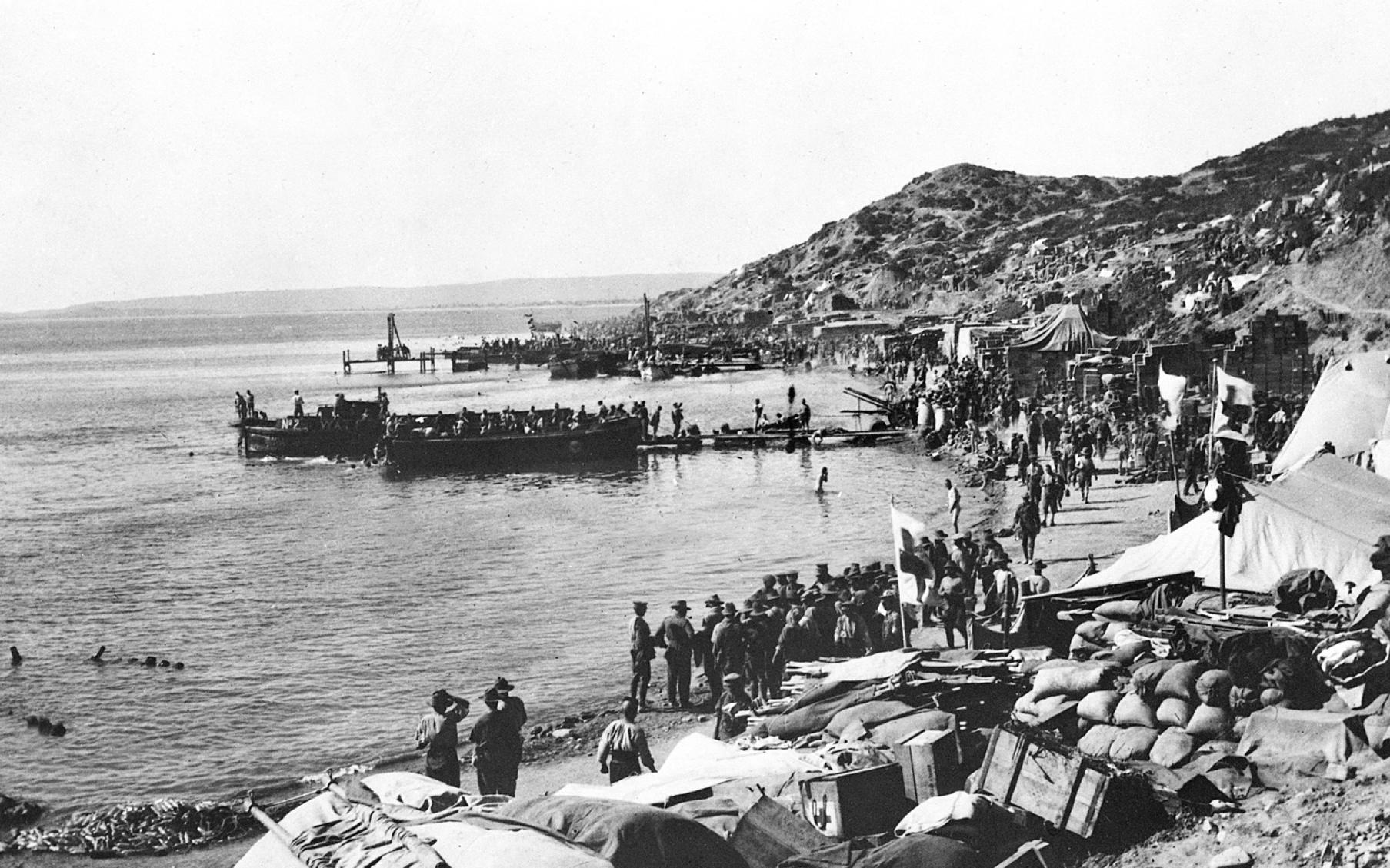Learning module:
First World War Defining Moments, 1914–1918
Investigation 1: The causes of the First World War
1.6 Why did Australians volunteer for war?
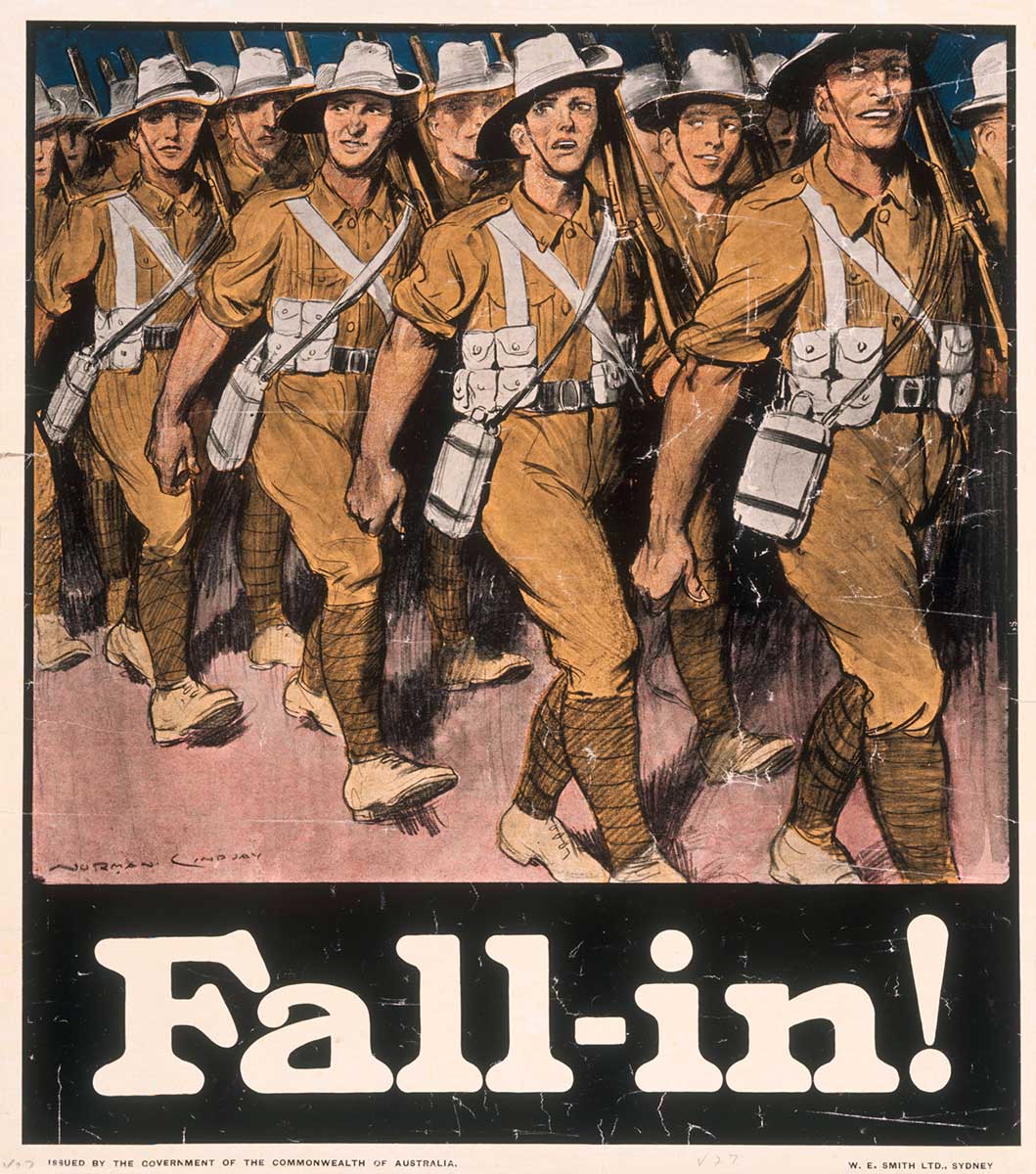
When war was declared on 4 August 1914 the Australian Government immediately offered to send a volunteer army of 20,000 men to help Britain and the Allies to fight Germany and Austria-Hungary in Europe.
Australia had a system of compulsory military training for all males aged 12–26, but these men and boys could not be forced to fight overseas.
Australia also had a small existing professional army. These men could be sent overseas to fight, but there were only a few thousand of them in total.
This meant that Australia had to call for volunteers to create this totally new army that the government was offering to Britain.
1. Letters and diary entries can tell us a lot about why some men decided to enlist. Read each of the sources below and choose which reason(s) best describe why that person chose to enlist. Keep in mind that a person may have had several reasons for enlisting.
Note that spelling and punctuation in these extracts are as they are in the original
Sources A-O from Bill Gammage, The Broken Years, Penguin, 2010 chapter 1 passim and Source P from Maryanne Barker, Nightingales in the Mud, Allen & Unwin, Sydney, 1989 page 16
2. Which reasons to enlist appear to be the most popular?
3. Did any of the reasons surprise you? Explain why.
4. How closely do the reasons for enlistment match your own ideas in 1.5?
5. Do you think there may have been other motives for enlistment that may not have been mentioned in these extracts? If so, suggest what these could have been and why you think they might have influenced some people.
6. Historians have pointed out that while 56,000 men enlisted in 1914 and early 1915, far more did not. Suggest reasons why eligible men might have chosen not to enlist.
7. Do you think the majority of people in Australia would have agreed with a man’s right not to go to war? Discuss your ideas.
Here is a graph showing how enlistment changed during the war.
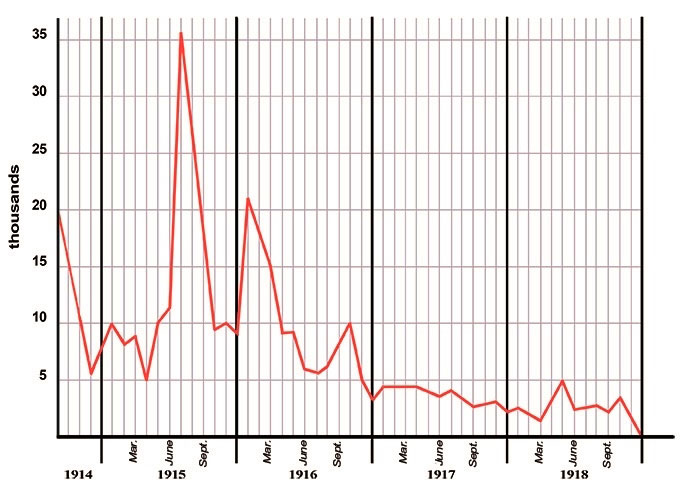
8. When were the three peaks? Can you guess why they might have spiked each time?
9. Describe the general pattern of enlistment from October/November 1916 to the end of the war.
10. Why do you think the greatest number of enlistments came in the first 18 months of the war? You will be able to check this and other answers as you find out more about what happened in Australia during the war.








